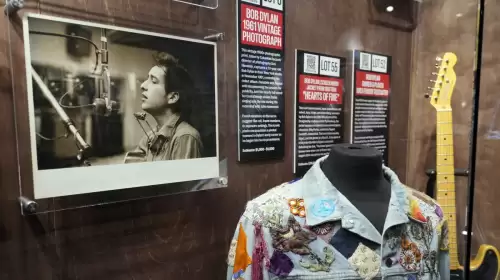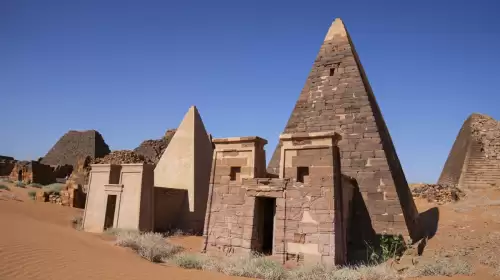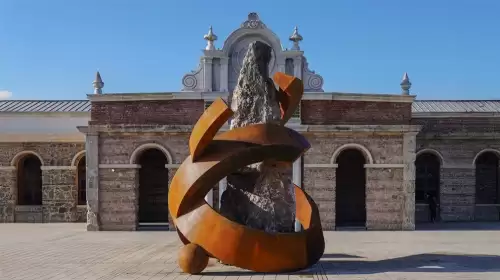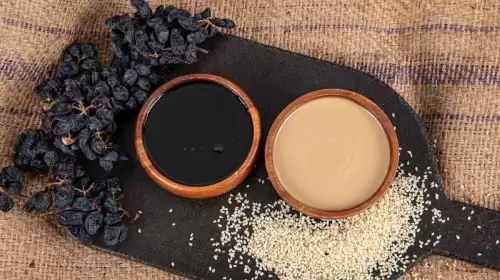The traditional Kızık carpet, unique to Kızık village in the mid-Black Sea region of Türkiye, is being preserved as both a cultural heritage and a source of income for women.
Through research and development (R&D) studies and the successful registration of a geographical indication, the Kızık carpet will be protected, ensuring its continued existence for future generations.
Carpet full of emotion The Kızık carpet, woven by the women of Kızık village, is distinguished by its intricate motifs that reflect the emotions and thoughts of the weavers.
These carpets are not only decorative items; they also carry deep cultural meaning, representing the history, lifestyle and culture of the region.
The carpets are produced by women, with motifs that convey their feelings of joy, sorrow and hope.
Through a collaborative effort between the Tokat Provincial Directorate of National Education and the Tokat Maturation Institute, extensive R&D and field research were conducted, resulting in the successful registration of a geographical indication for the Kızık carpet.
This milestone ensures the carpet's protection and preservation, safeguarding traditional craftsmanship while providing economic opportunities for the women involved in weaving.
Serap Buzludere, a teacher at the Tokat Maturation Institute, highlighted the significance of preserving these cultural values.
She explained, "Kızık carpets stand out with their unique patterns and weaving techniques, reflecting our region's history, culture and way of life.
Through our research, we completed the application for the geographical indication using our own resources, underscoring the value of our experiences.
By contributing to the branding of our city, we’ve ensured that the Kızık carpet is protected under state guarantees, produced traditionally and recognized both locally and internationally.
This process has also enhanced our institute’s expertise." Message through motifs Ahmet Öztek, President of the Kızık Culture Association, provided insight into the historical significance of the Kızık carpets. "The Kızık people belong to the Oghuz Turks.
Historically, they led a nomadic life, with animal husbandry, especially goat farming, as a major livelihood.
Wool from sheep was used for various purposes, including making carpets.
During long winter nights, the elders would spin, card and dye wool with natural herbs collected from the environment.
They would then weave these carpets and other products like sacks, bags and rugs." He also shared a cultural tradition related to the carpets. "For every marriage, a carpet was woven for both the bride and the groom.
The motifs used in the carpets were often messages from the women to their future husbands, expressing emotions that could not be openly communicated.
These carpets were not just household items, but carriers of personal messages and feelings." However, he noted that the traditional Kızık carpets have faced challenges with industrialization. "Today, these carpets are somewhat overshadowed by mass-produced items, but we support projects like this one.
They help keep our cultural heritage alive and bring attention to the values of our village.
I believe that our cultural heritage will rise to the surface again rather than being buried." Income for women Kızık Village's mukhtar, Ibrahim Karabulut, expressed his optimism for the future of the Kızık carpet. "This project has become an important source of income for our women.
The registered Kızık carpet will be passed down to future generations, ensuring its continued relevance and significance." The recognition of the Kızık carpet as a protected cultural heritage, along with its potential to provide economic benefits for the women of Kızık village, serves as a model for preserving traditional crafts while fostering sustainable livelihoods.





